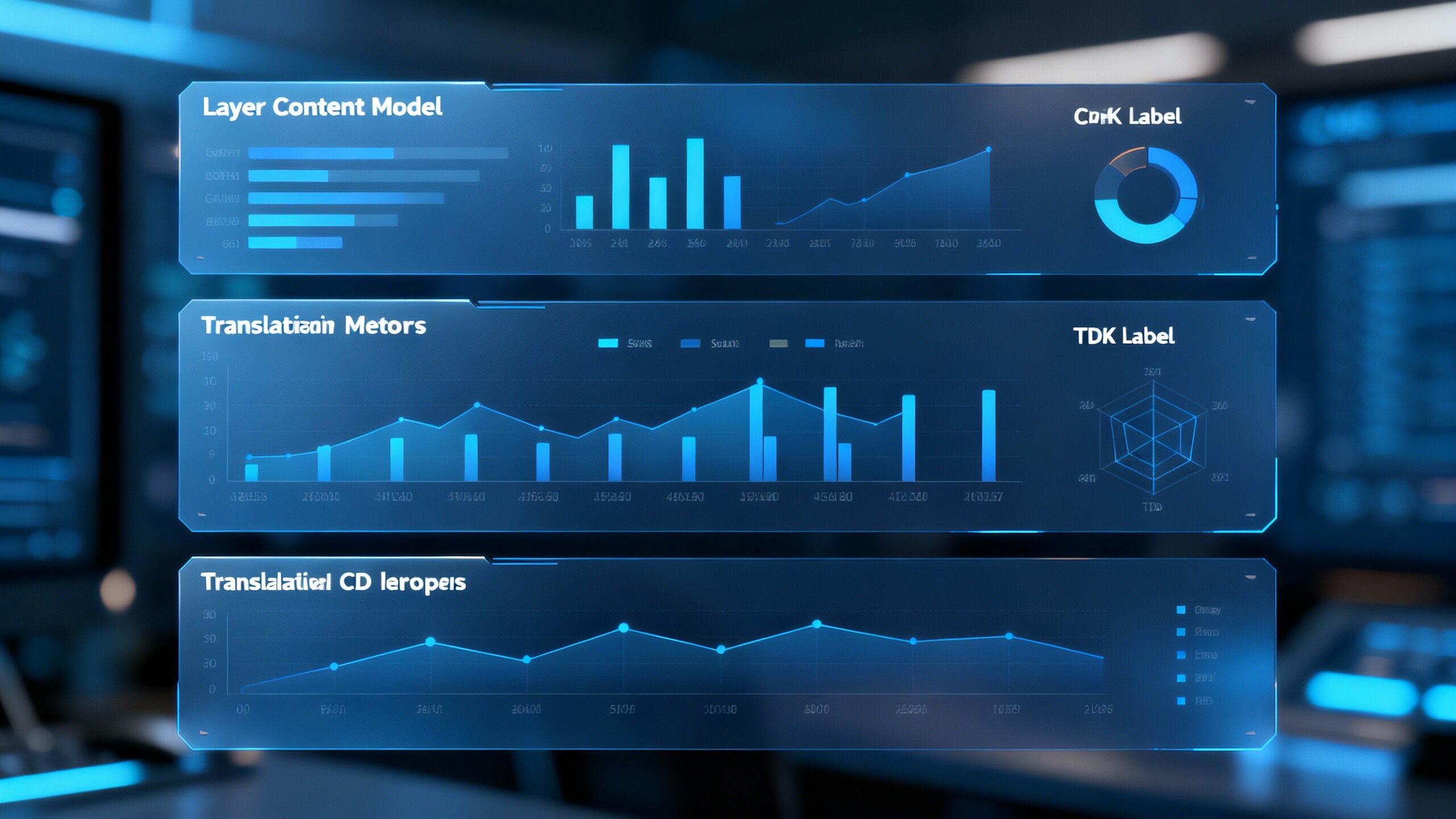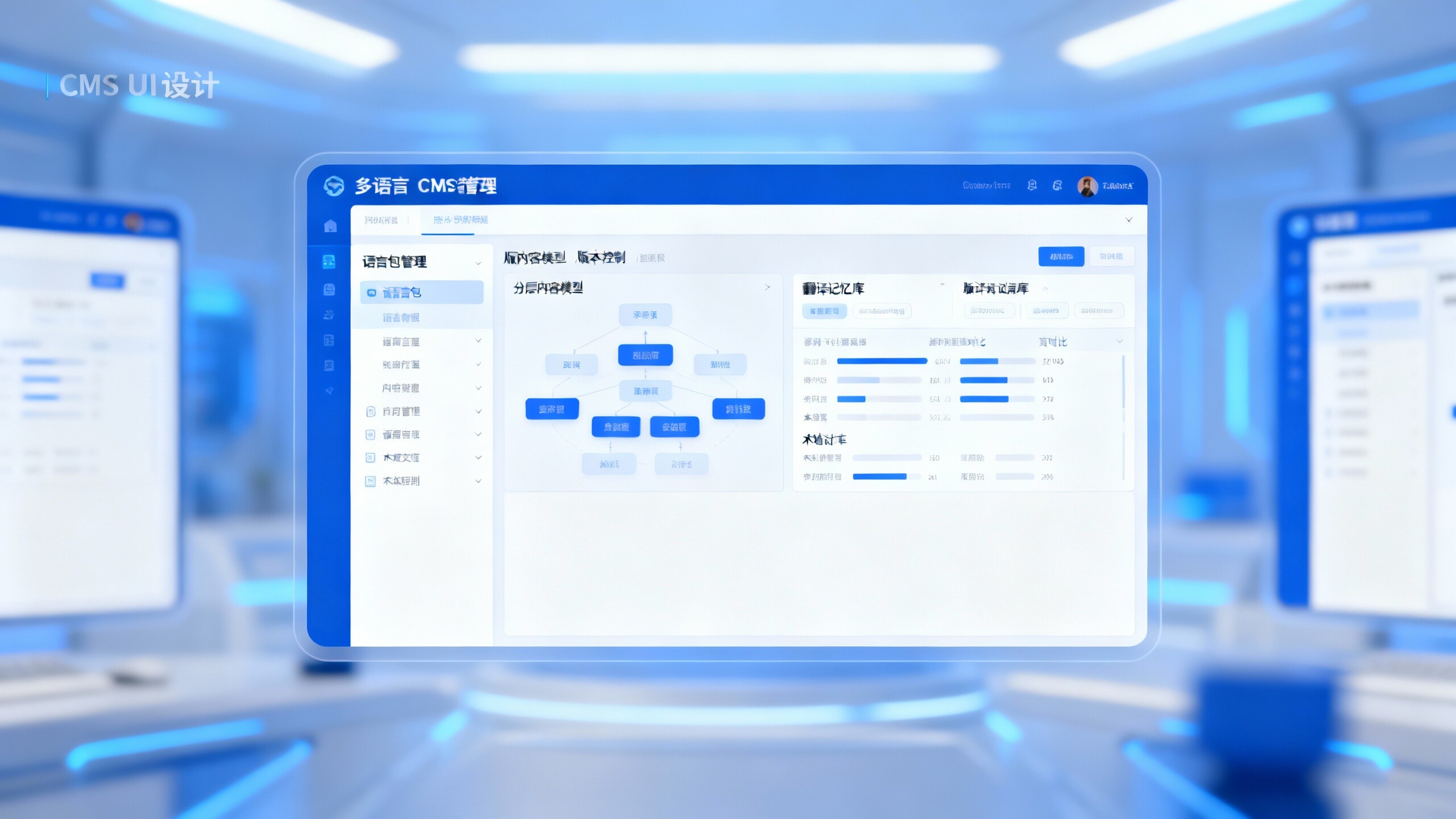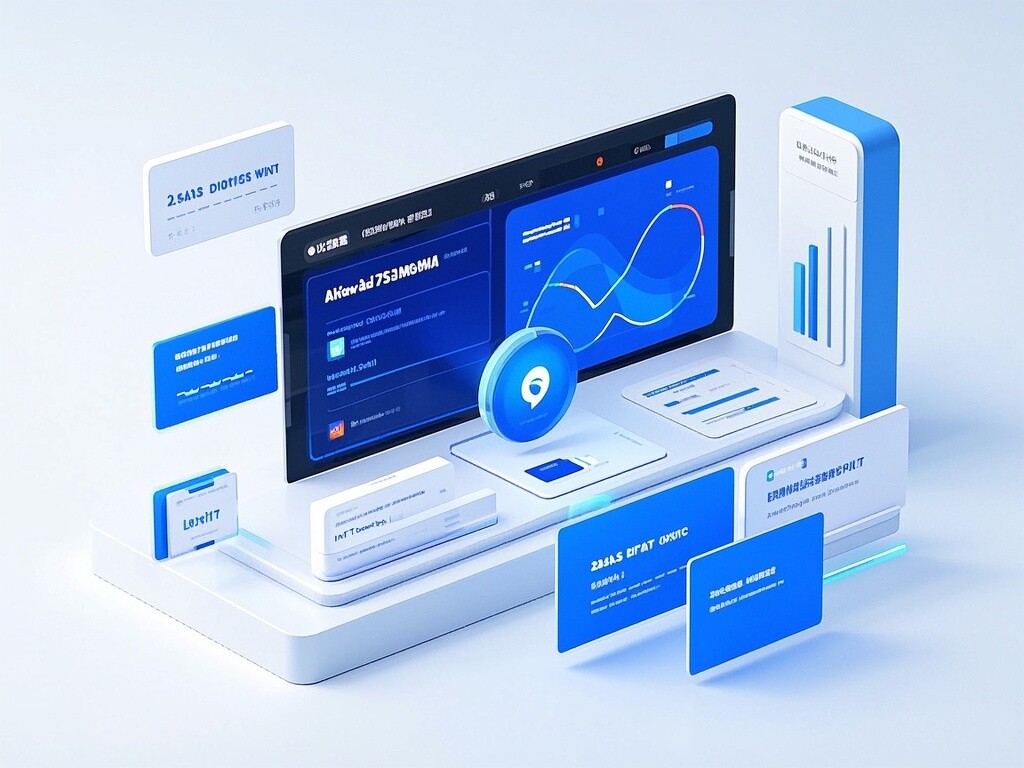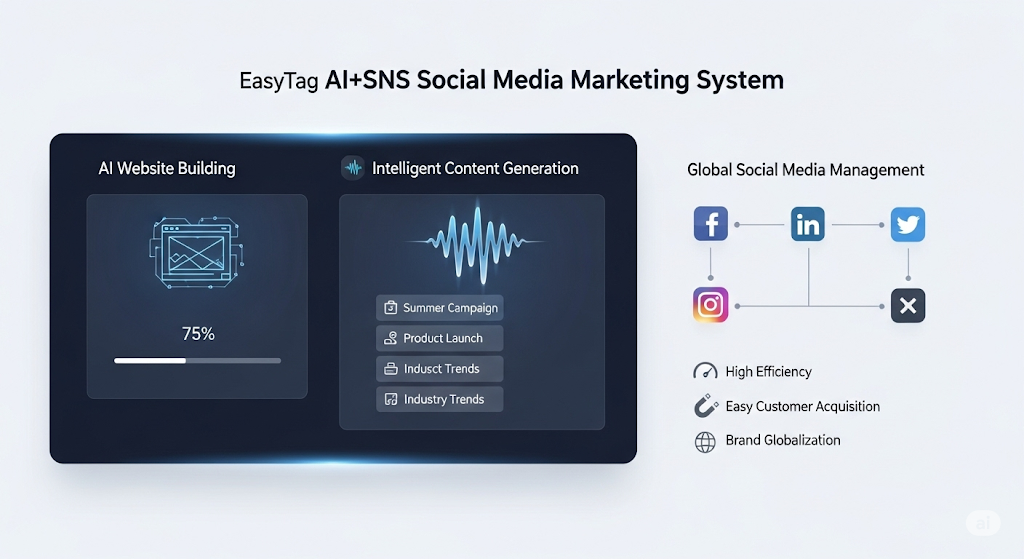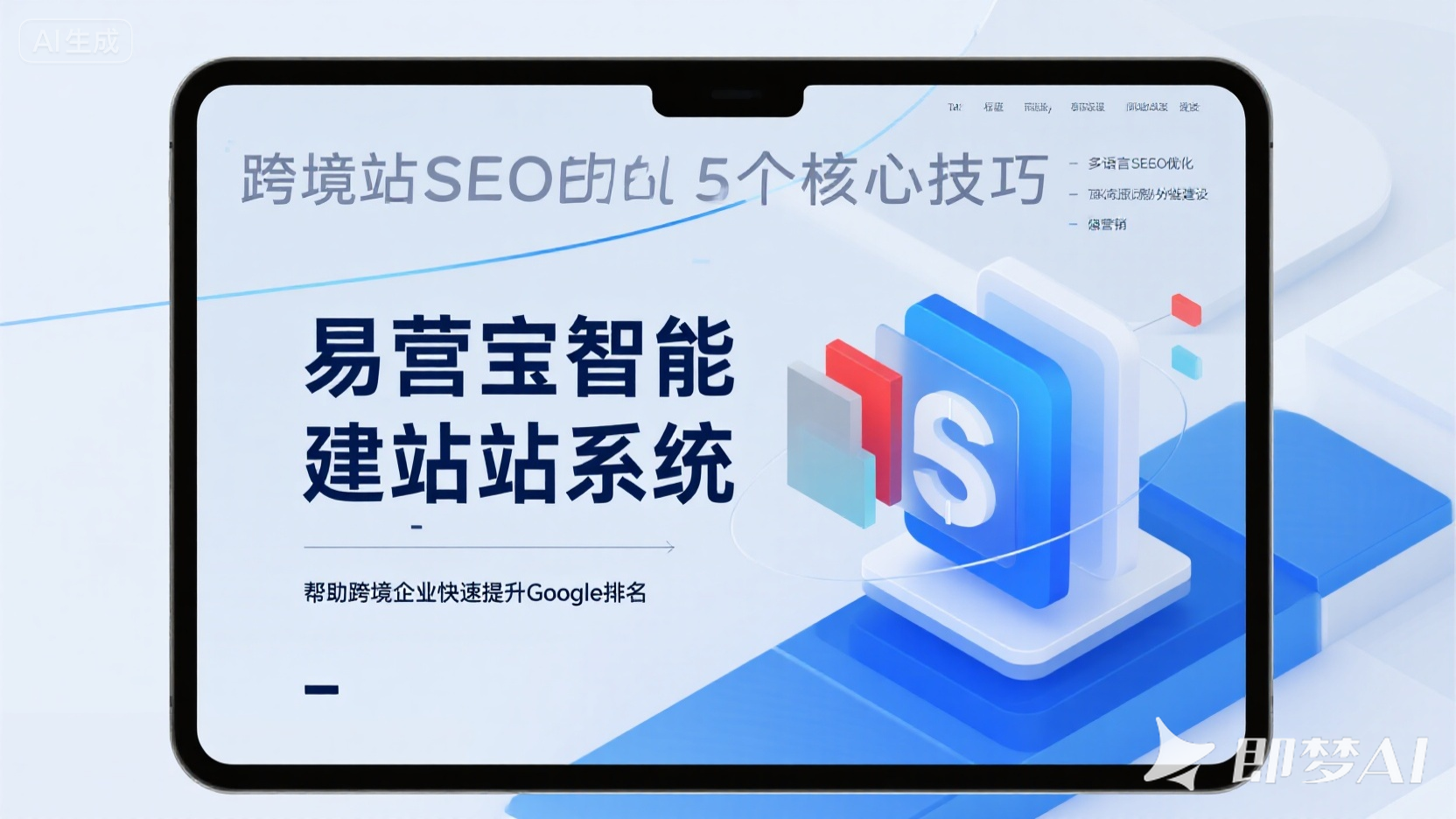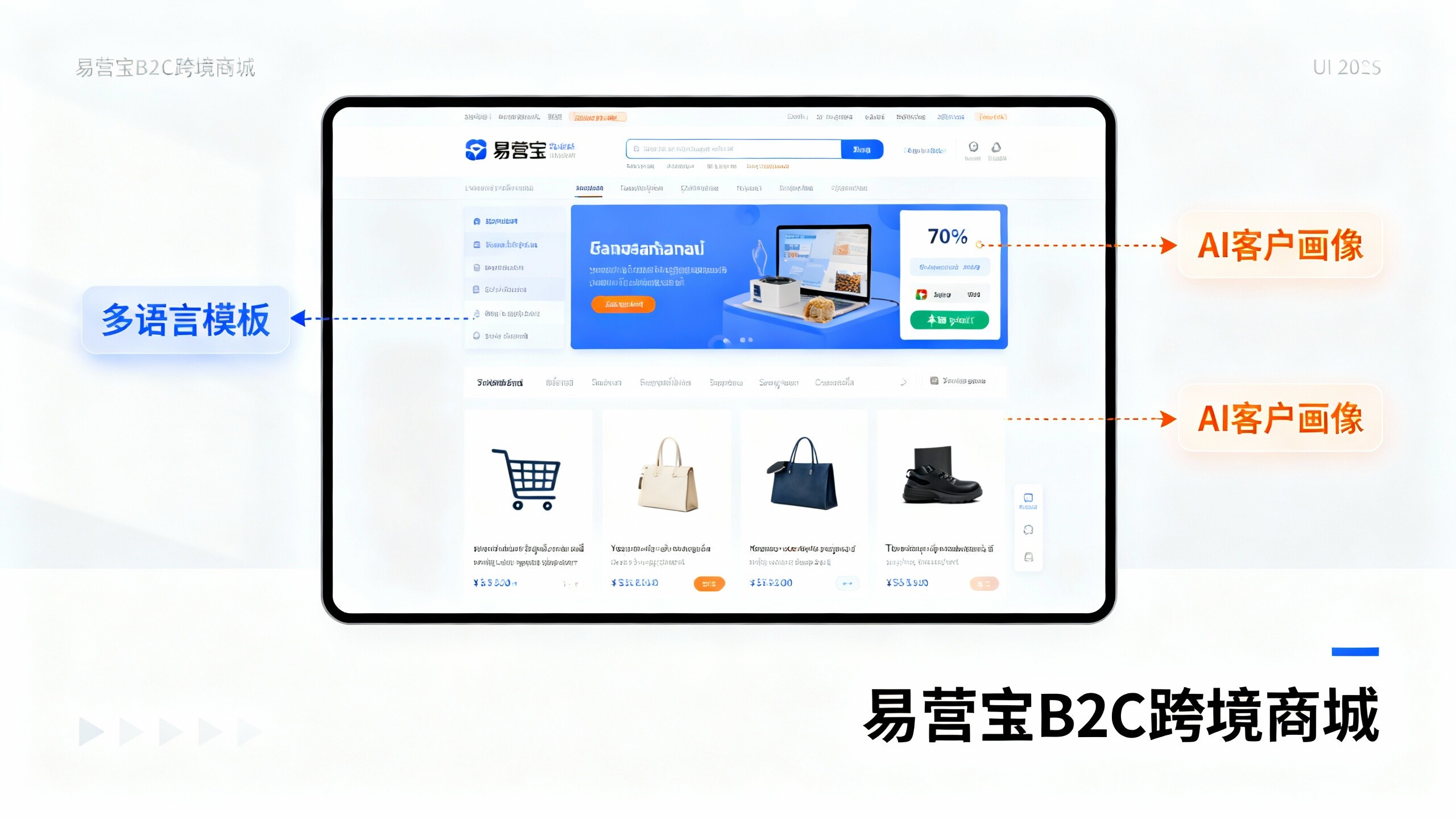Easy Operation Cloud Intelligent Website Marketing System Platform!
- What are the geo-targeted website solutions? 3 successful market entry case studies2025-11-19View details
- Why do 90% of cross-border marketing teams choose AI multilingual website systems? Real data reveals the secret2025-11-18View details
- Eyingbao City Partner Program: Zero technical background can earn over $10K/month? Real case study breakdown2025-11-18View details
- Using Eyingbao for brand promotion, how to achieve a 300% increase in organic traffic in 3 months?2025-11-19View details
- Which global website SaaS platform is the strongest? 5 dimensions of actual testing show Eyingbao leading in what aspects2025-11-19View details
- Middle East Website System Comparison: Self-built vs Yisoubao - Which is Faster?2025-11-18View details
- AI驱动网站建设服务,让小白也能7天上新站2025-11-19View details
- AI diagnosis for foreign trade independent station ads, uncovering 80% wasteful ad spend2025-11-19View details
Enterprise-level multilingual CMS case study: How to support 10+ languages while ensuring content consistency?
This article explores how to support over 10 languages while ensuring content consistency and global SEO performance through enterprise-level multilingual CMS case studies, leveraging foreign trade standalone site SaaS solutions.
In the context of globalization, researchers and operators face two core challenges: first, how to efficiently manage multilingual website construction for foreign trade within a single platform; second, how to maintain content consistency, brand tone, and SEO weight without dilution across multiple languages. Targeting B2B decision-makers and implementation teams, this article combines enterprise-level multilingual CMS architecture design, content governance mechanisms, regional localization strategies, and operational automation practices to provide actionable methodologies, helping businesses achieve stable growth in cross-border website development and global SEO systems.

Architecture and Language Management Strategy: From Multilingual Storage to Version Control
Enterprise multilingual CMS must first establish language governance boundaries and data storage strategies at the architectural level. It is recommended to adopt a layered content model (core content, translation units, metadata, regional rules) and manage translation assets uniformly through language packages and translation memory. Specific practices include: 1) preserving source language IDs and target language mappings for each content entry to avoid update delays caused by fragmented management via folders or separate sites; 2) implementing version control and review workflows where all changes follow a "edit-machine/human translation-localization review-publish" closed-loop process to ensure linguistic consistency and compliance; 3) using extensible internationalization (i18n) fields to distinguish translatable content, non-translatable identifiers, and variable parameters, supporting responsive rendering consistency across devices and language environments.
Technically, it is recommended to use database-level multilingual table designs or JSON-based multilingual fields, combined with caching and CDN strategies to enhance page load speeds while balancing user experience and search engine crawl efficiency. For foreign trade standalone site SaaS providers, offering language extension interfaces and third-party translation engine integration capabilities enables rapid deployment of new languages while maintaining consistency with existing content.
Content Synchronization and Consistency Assurance: Rules, Tools, and Governance

Multilingual parallel operation hinges on "synchronization" and "calibration." Establishing executable content consistency strategies significantly reduces brand risks and improves conversion rates. First, set unified TDK (Title, Description, Keywords) templates and brand terminology glossaries, with all language versions expanded locally based on these rather than literal translations. Second, implement translation memory (TM) and terminology databases (Glossary), using machine learning to accumulate industry terms and brand expressions, ensuring semantic strength and commercial intent remain consistent across languages.
Tool-wise, enterprise multilingual CMS should feature real-time comparison and discrepancy reporting, supporting page-, module-, or component-level translation differences, omissions, and outdated content detection, alongside automated alerts and task routing. For operators, establish SLAs—e.g., new content completes initial machine translation and human review within 48 hours post-publish, with final deployment within 72 hours. In practice, combining automated checks (link integrity, meta tag consistency, keyword coverage) with manual sampling can keep multilingual error rates within acceptable thresholds, ensuring long-term stability for cross-border e-commerce and global SEO systems.
SEO and Regional Localization Solutions: Maintaining Search Weight Across 10+ Languages
Achieving strong SEO in multilingual sites requires addressing domain strategies, URL structures, hreflang annotations, and localized keyword research. For domains, adopt hybrid ccTLD, subdomain, or subdirectory approaches: use localized domains for core markets to boost trust and subdirectories for emerging markets to consolidate authority. URL structures should be concise with target language identifiers (e.g., /example/zh-CN/ or fr/), facilitating search engine recognition of page language and regional intent.
Hreflang tags are critical for cross-language page display accuracy. Automate their generation and synchronize updates via sitemaps to avoid manual errors causing indexing conflicts. Additionally, keyword research should leverage local corpora and search behavior differences, avoiding direct translations that cause traffic loss. By mastering long-tail local terms and industry intent—reflecting them in site structure, internal links, and breadcrumbs—foreign trade standalone SaaS clients can achieve global consistency while gaining localized traffic premiums.
Operations and Automation: AI-Driven Multilingual Content Production and Advertising Loops

Scalable content and traffic operations demand robust automation. AI applications in multilingual contexts include: intelligent translation engine optimization, automated TDK generation with localization recommendations, and asset auto-adaptation. For example, AI-generated TDK and image substitution strategies can accelerate page launches by over 50% across seven language markets while maintaining steady SEO score improvements. On the ad front, AI-powered diagnostic tools enable multi-client, multi-platform campaign optimization, quickly identifying keyword and creative performance bottlenecks.
For businesses requiring rapid lead generation and high-efficiency ad deployment, integrate onsite content strategies with ad loops: feed semantic keyword libraries to ad platforms, then optimize content priorities and conversion paths based on performance data. To further enhance ad efficiency and stability, consider AI+SEM advertising solutions, which feature AI-driven keyword targeting, smart ad copy generation, and real-time anomaly detection—significantly shortening iteration cycles and stabilizing ROI in multilingual markets.
Summary and Actionable Guidance
Key to supporting 10+ languages with content consistency via enterprise multilingual CMS are: 1) building extensible language architectures with layered content models and version control; 2) ensuring translation and brand consistency through TM, glossaries, and strict SLAs; 3) employing scientific domain/URL strategies, automated hreflang, and localized keyword research to preserve global SEO weight; 4) leveraging AI and data loops to automate content production and ad deployment for high-efficiency conversion. By implementing these methods, operators can translate foreign trade standalone site theories into replicable operational frameworks within responsive and SaaS-based systems.
As an experienced global digital marketing service provider, Yingbao Information Technology offers end-to-end support from smart site-building to cross-border advertising, helping clients achieve sustainable growth in cross-border e-commerce and global SEO systems. Contact us to learn more about multilingual website development and localized solutions, or visit our product page to explore enterprise-grade ad tools and high-efficiency lead generation strategies.
- Website
- Website Platform
- Multilingual website construction
- Campbell (name)
- SEO
- free-standing station
- Intelligent website building
- Foreign trade independent website
- Multi-language website
- Global SEO Website System
- Geo-targeted website solutions
- Enterprise Multilingual CMS
- Cross-border e-commerce website
- SaaS Website System
- Responsive website platform
- Cross-border website construction
- How to create an independent foreign trade website
- Multilingual Website Construction for Foreign Trade
- Foreign Trade Standalone Site SaaS
- Responsive Web Design
Related Articles
 Which SaaS for Foreign Trade Independent Websites is Stronger? 5-Dimension Comparison + Real Cost Calculation
Which SaaS for Foreign Trade Independent Websites is Stronger? 5-Dimension Comparison + Real Cost Calculation Cost and Timeline for Multilingual Foreign Trade Website Development: How Can Small and Medium Teams Implement in 3 Steps?
Cost and Timeline for Multilingual Foreign Trade Website Development: How Can Small and Medium Teams Implement in 3 Steps? How to Create an Independent Foreign Trade Website: A Beginner's Guide to Avoiding Pitfalls
How to Create an Independent Foreign Trade Website: A Beginner's Guide to Avoiding Pitfalls
Related Products


